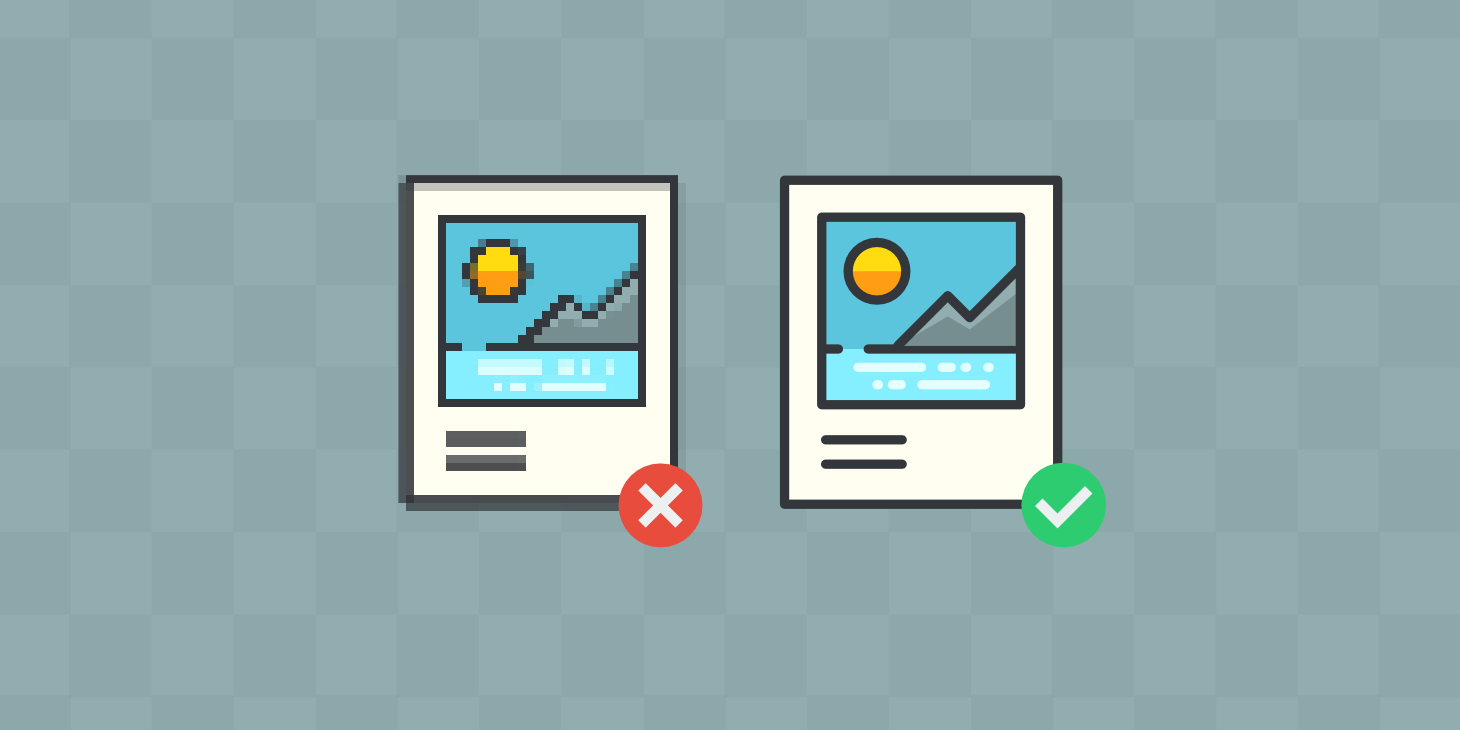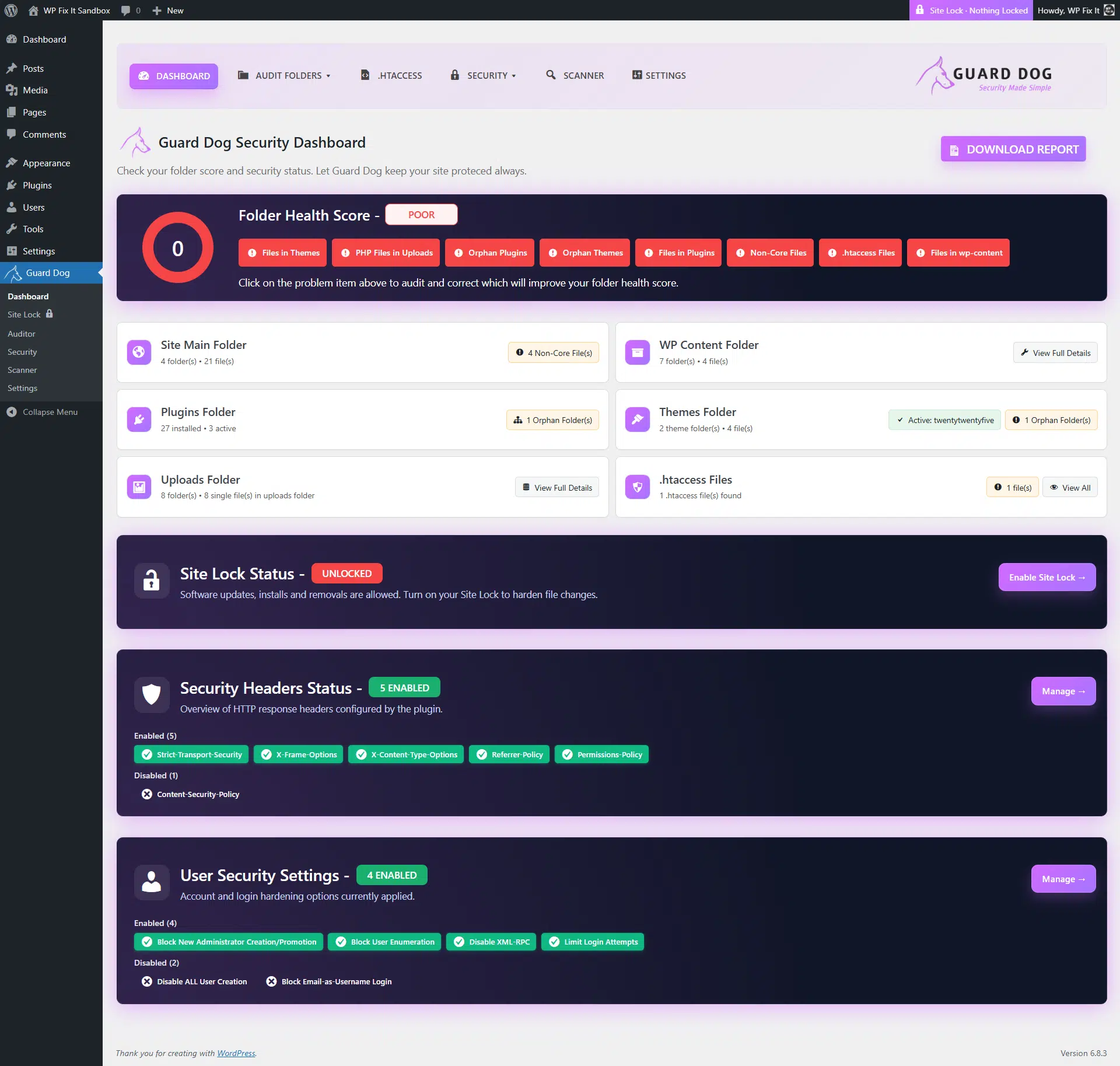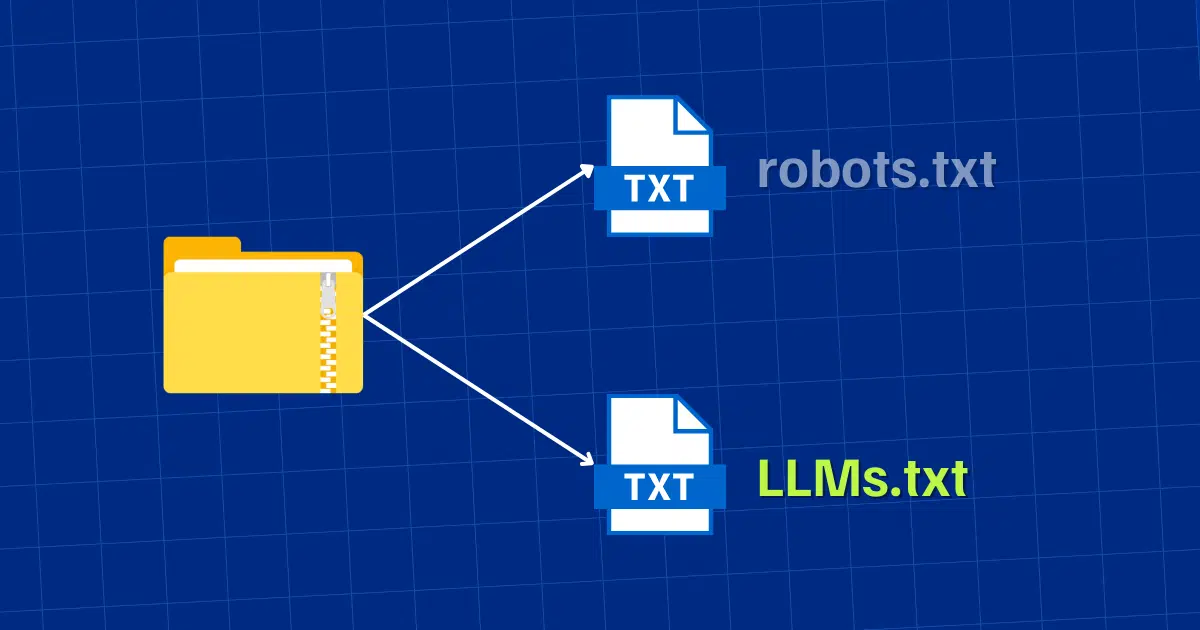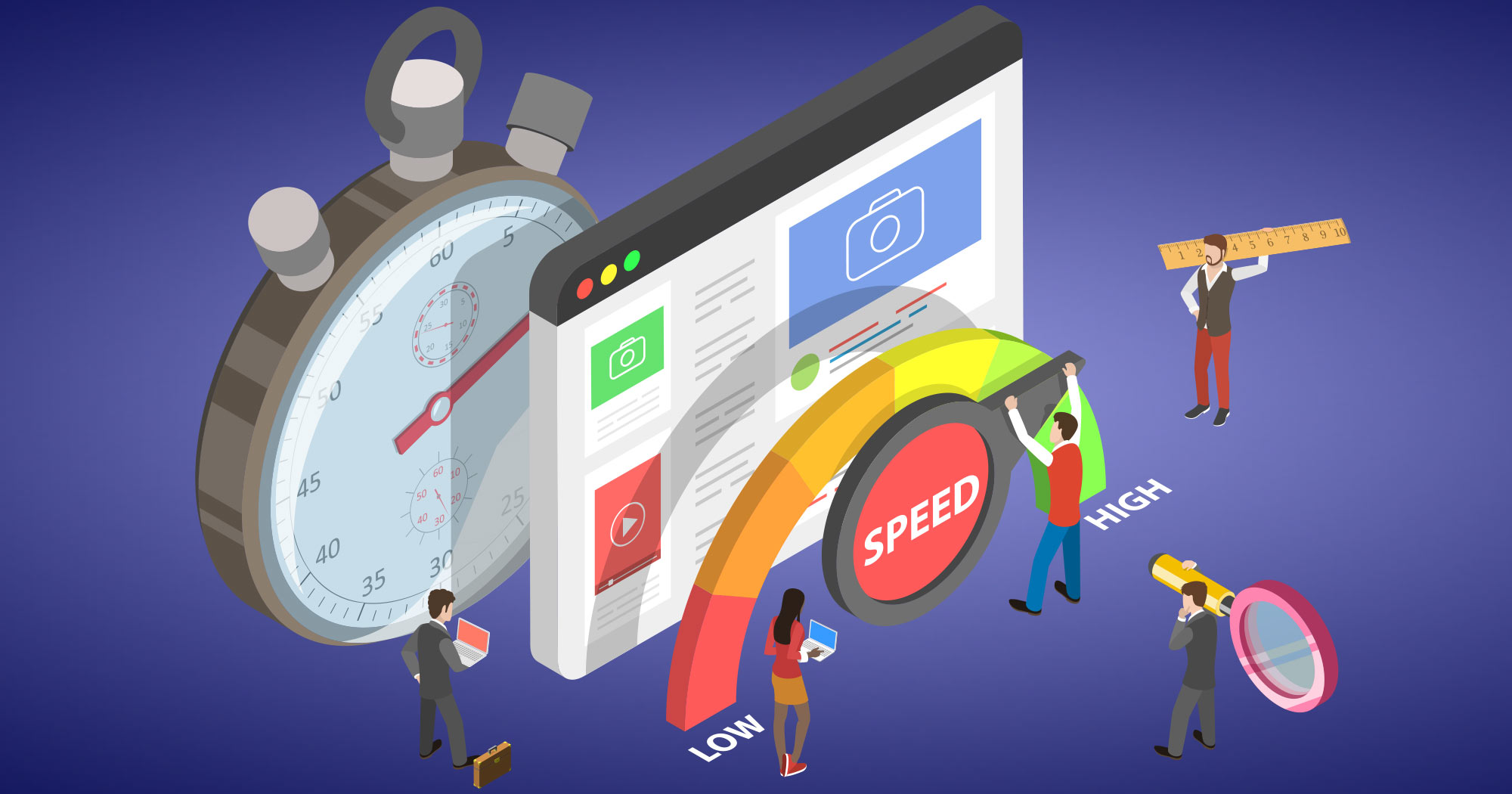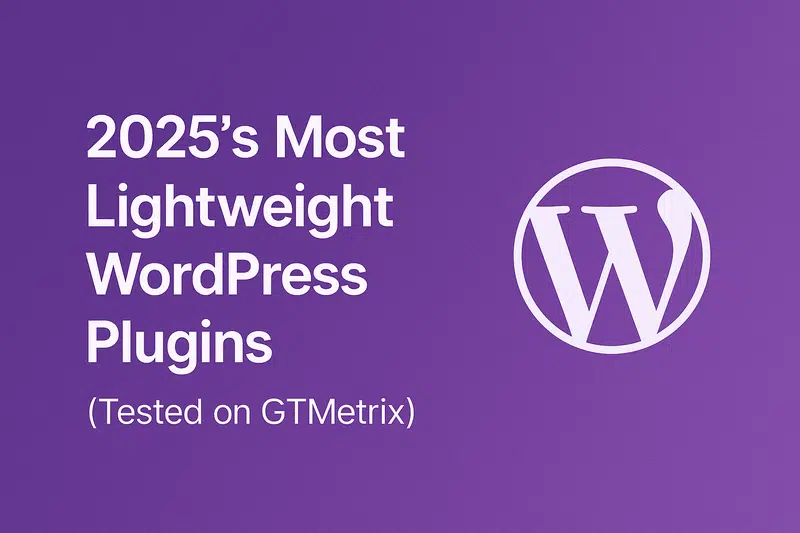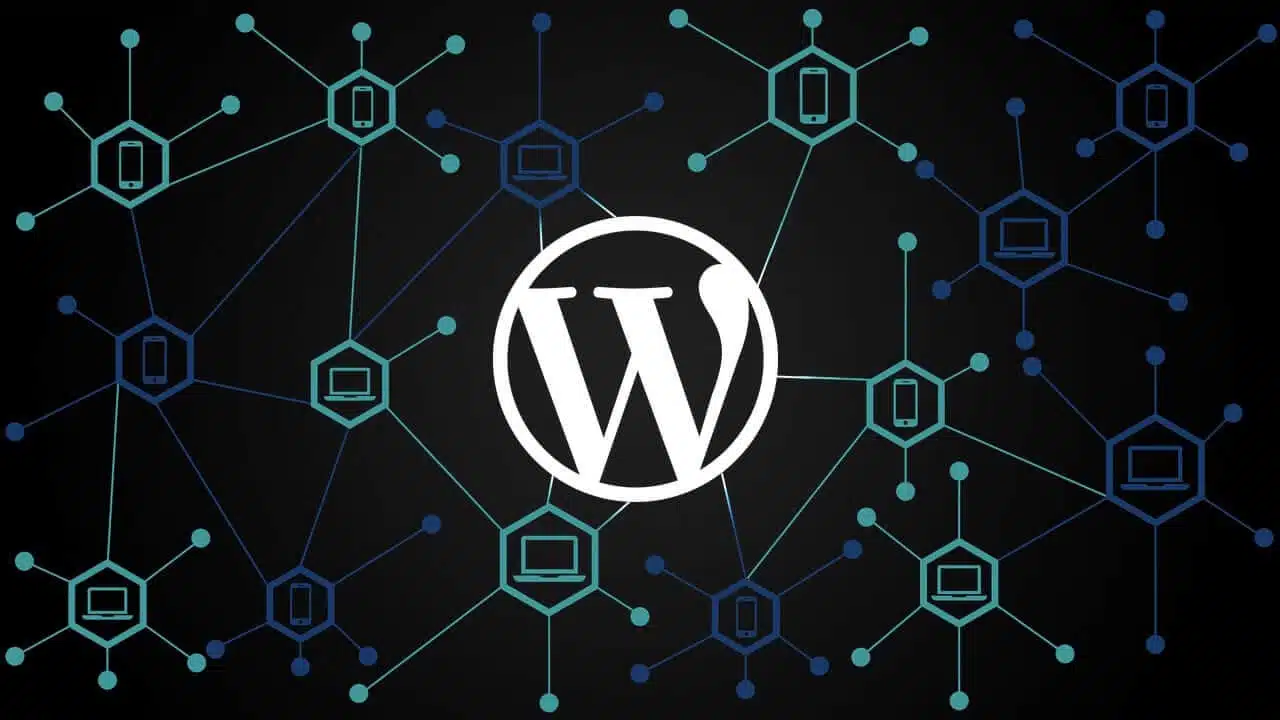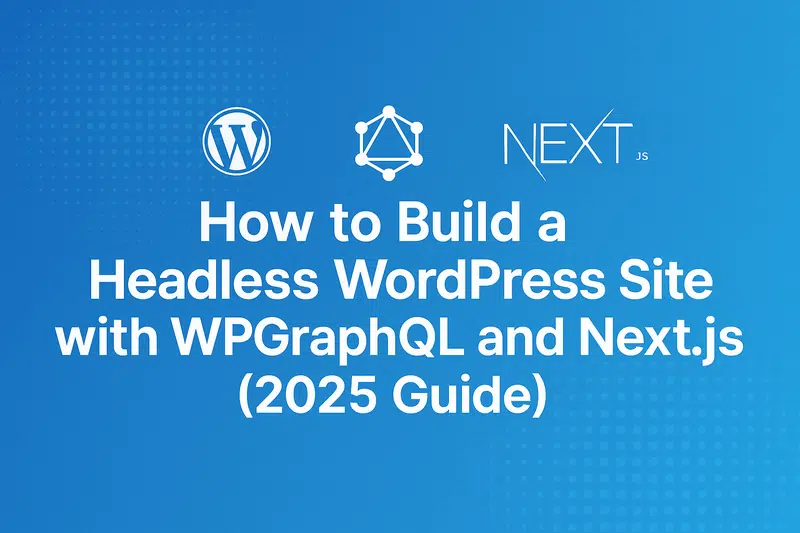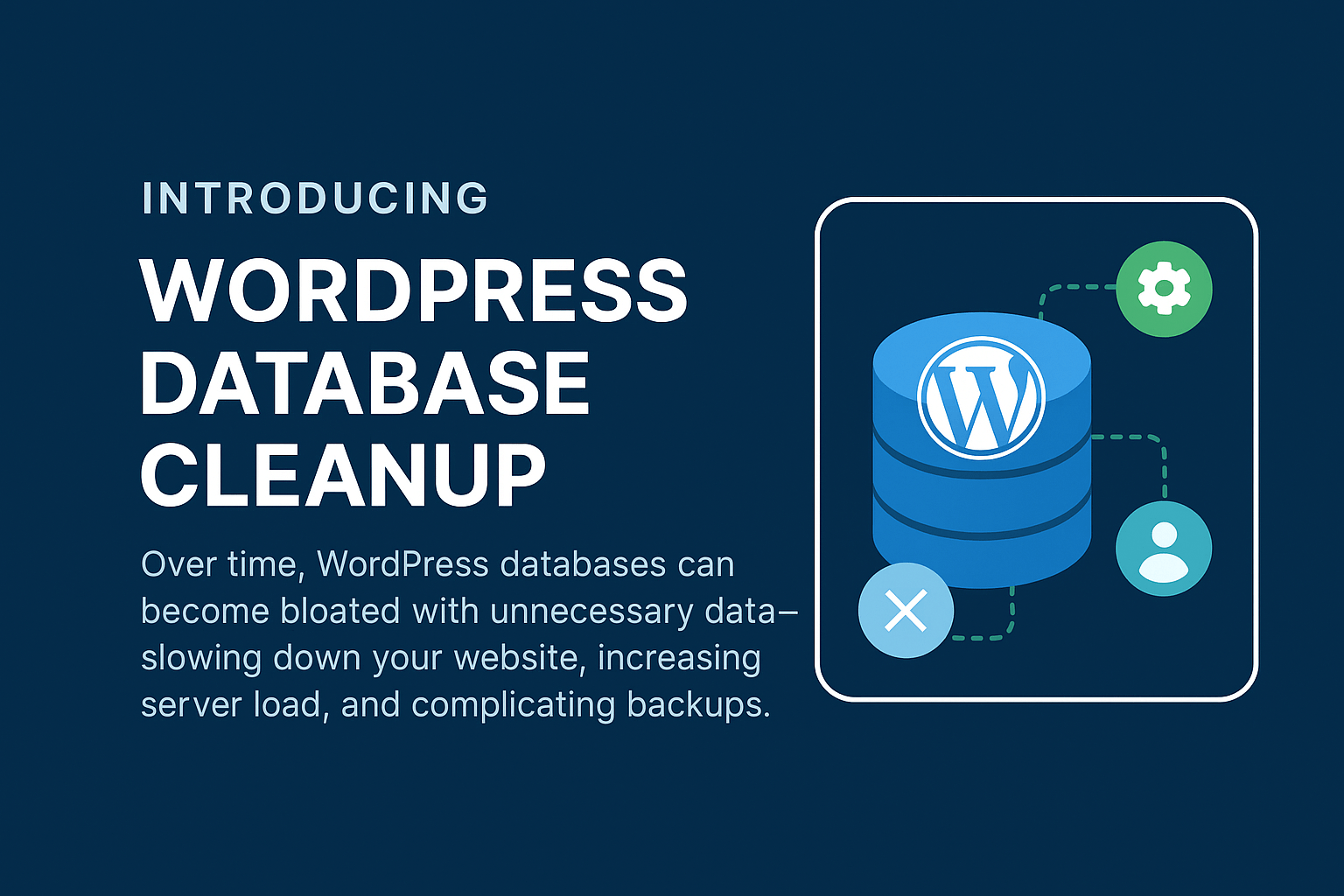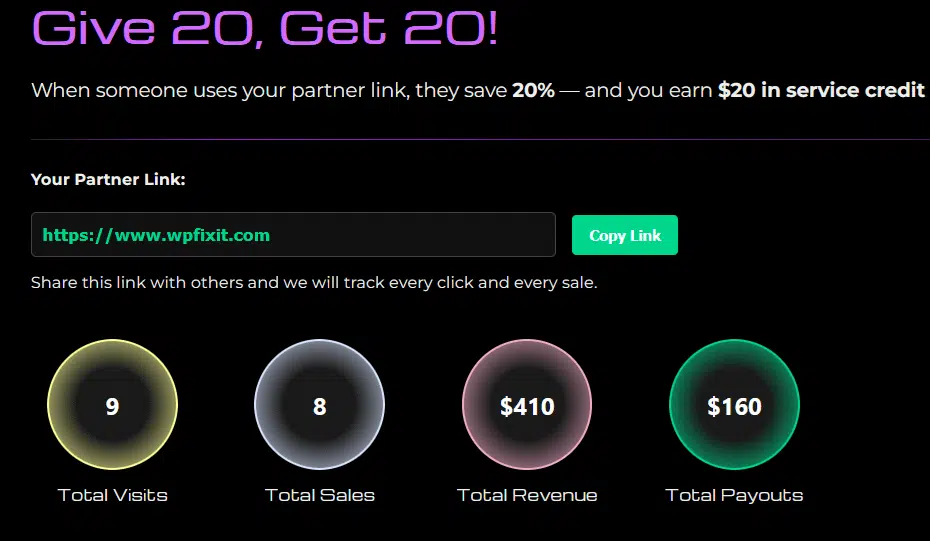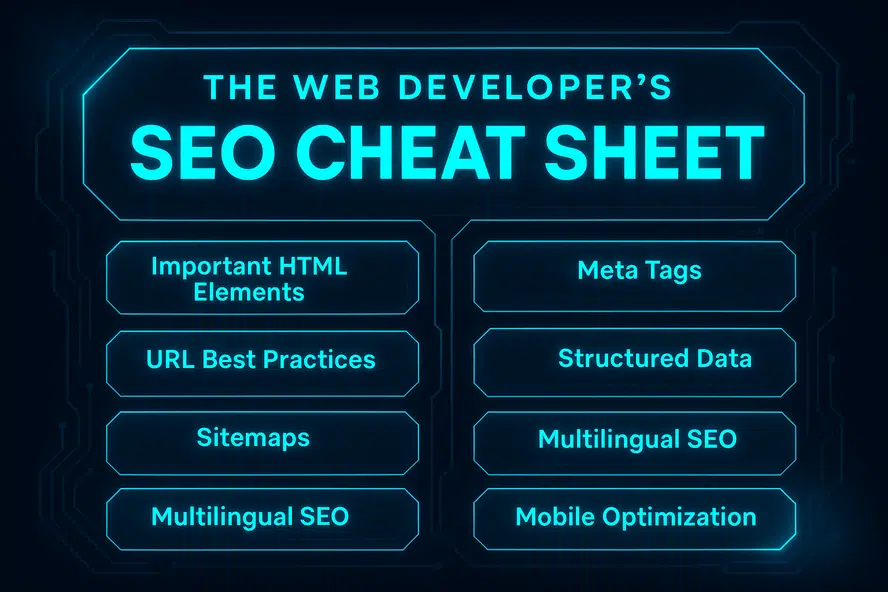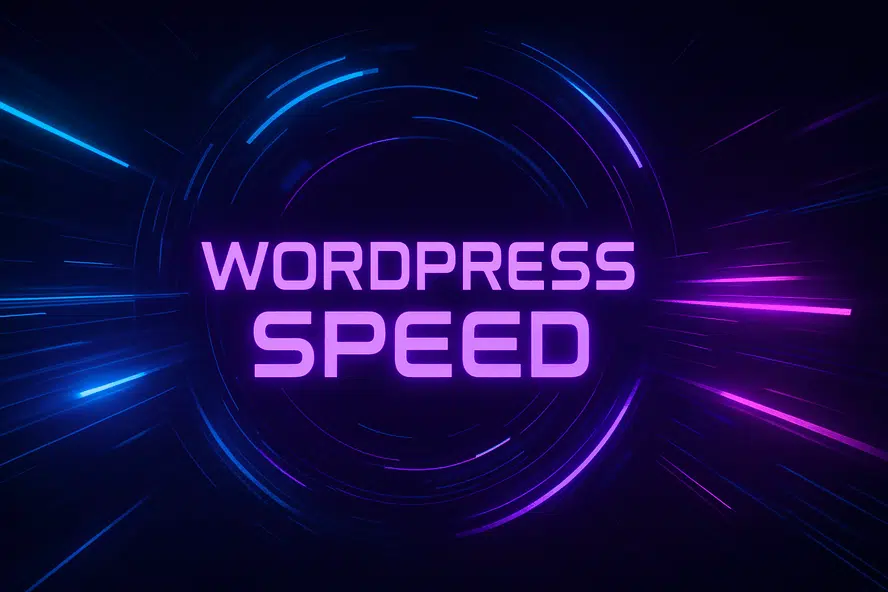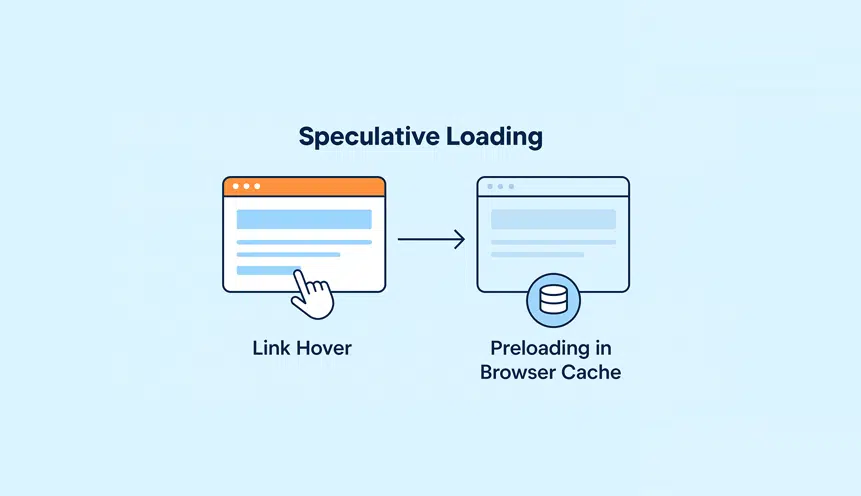Need to optimize WordPress posts before you publish them?
It’s getting harder and harder to rank high in Google’s search results. Competition is stiff, thanks to thousands of active websites and increased knowledge among webmasters on how to rank high in search results. Even with niches that offer a bit of distinction between websites and the kind of audiences they target, competition is just getting stiffer.
So how do you level the playing field? Simple. By optimizing your articles for SEO before publishing.
Optimizing for SEO is essentially an improvement process, a way to boost your article’s visibility to search engines over the millions of articles already published. If search engines cannot see your article or consider it valuable to readers, it won’t be listed anywhere in the results. That’s not good news for your website’s visibility.
This SEO optimization guide features more than 10 proven methods on how to optimize your articles in WordPress before publishing in 2019.
Use the best possible title for your article
Every article, be it a news update, blog post, or magazine story, requires a good title at its head to work. There are a few things to remember when creating article titles. Boring, uninformative articles tell you nothing about the story below. Very long titles get broken off when listed in search engine results, and no one has time to finish them anyway.
In other words, the ideal title is one that is immediately catchy and informative without being too long. For context, a reader should be able to see the solution to their problem within your article’s title first. SEO experts also suggest that a title shouldn’t go beyond 50 to 70 characters max.
How do you create the best title for your article? Start with a working title as you write your blog post and use some power words. When you’re done proofreading, craft 3 to 5 different keyword-rich titles and see which sounds most catchy and informative without being too long.
Choose and use the best performing keywords
Whether you’ve just started blogging or have blogged before, you must have heard about keywords.
Those are the words or phrases that Google’s algorithms are immediately attracted to within your content when someone types that in the search bar. It’s on these words and phrases that Google works your article and rank it accordingly in the search results. Those are the words that internet visitors are most likely to use in a browser when trying to find your article.
You can discover the best keywords for your article using Google’s own Keyword Planner Tool and some other great tools online. When you research them, the trick is in balancing short and long tail keywords throughout your article without overdoing it.
So where do keywords work best in the article? Experts recommend that these three sections of an article must feature your primary keyword: the article title, the article’s URL and the article body, preferably in the first 100 words or first paragraph. Make sure the keyword is fitted naturally because when it’s not, it makes a bad copy.
Use H1 tags for your article title
After creating your article’s title and fitting the right keyword in it naturally, the next step is to add an H1 tag to it. H tags signify headings, and the H1 tag is used for the main heading in the story. Google’s web crawlers look out for this heading when ranking the article in search results.
For all the subheadings in the article, it is recommended that you use H2 and H3 tags for distinction. You can add your H tags using your word processor by using the Styles feature, or by editing in WordPress itself.
Build metadata for each image and video in the article
Formatting the images in your article is another major step in optimizing your article in WordPress. Google and other search engines identify images in text too, and use them when ranking your article in search results.
And while Google is becoming an AI-focused search engine, it still can’t detect what an image is about on their own. That’s why every image must have metadata; it explains an image to Google’s web crawlers. To help Google take full advantage of your image, you need to fix its metadata.
Metadata is the image title, its alt text and its caption. In addition to helping Google, they also help readers: alt text, in particular, is what appears if an image fails to load, while captions directly explain who is and what is happening in an image.
To its credit, WordPress already has an editing feature that enables you to add all this information to your image in mere seconds.
Lower image file size to boost page load speed
Everyone agrees that clear images are the best for websites. The problem is that the clearer an image, the bigger its resolution, and the bigger its size. Big size images wouldn’t be a cause for worry, but they slow down websites, causing them to load endlessly.
Studies done on website traffic already show that visitors hate slow loading pages more than many other seemingly worse things about websites, which is why you need to lower the size of the images in your article.
How do you start? By resizing your images and cutting its file size. An image of, say, 2000px×3000px can be resized without altering its shape to a much lower resolution. You can also crop the image if it doesn’t erase the image’s best parts.
Alternatively, tools such as the Kraken Image Optimizer and the EWWW Image Optimizer are good for lowering the image’s file size and increasing the WordPress loading speed.
Make use of internal and external links
One other step you need to cover is the building of links within your article. There are two types of links: internal and external. Internal links are those connecting to content within your own website, and Google loves them. WordPress also makes creating these links super easy. External links connect readers to content on other platforms.
To optimize your article further, start by building the external links. This requires linking to articles on other websites within your content, preferably top, well-known websites, for the best effect. You can create such links by referencing or directly linking to already-published articles on other websites or quoting other authors.
Google identifies links to other websites as markers of a quality website that adds value to its readers, which triggers a higher ranking in search engine results.
External links are also the first step in acquiring backlinks from top websites, which usually happen when the websites you linked to return the favor. Google loves websites with trusty backlinks too.
Remember to manually test every link in your article to see if it opens to wherever it was meant to. Automatic scanners tend to skip a few broken links now and then.
Make your content more engaging
There is no better draw to a website than unique, good quality and highly engaging content. Because there are millions of active websites on the internet now, opened and managed by people with various intentions, the quality of content on many websites is below par.
If content writing is not one of your strongest points, use online writing services dissertation writing and trust my paper reviews for articles, research papers and white papers that you want to upload.
Readers are always yearning for helpful and well-written content, content that features the solutions they are looking for on the internet. This is the kind of content you need to create for your blog or website in the first place.
You can always make your content more engaging by adding links to other reputable sites, quoting experts, doing enough research and using current statistics. Google notices these details and adds a worth value to your website that triggers higher search engine ranking.
Shorten your paragraphs
Making your paragraphs shorter is a great way to optimize your article for good SEO, and WordPress makes it easy to do. There are many schools of thought on why you need shorter paragraphs.
Google and SEO experts say that shorter paragraphs are easier for Google’s web crawler to scan for keywords, which would ultimately boost an article’s position in the search engine results.
Shorter paragraphs also make for easier reading. Research shows that the majority of readers scan articles first before they read them, and shorter paragraphs make this scanning easier.
Focus on the length of the sentences as well. Use tools like Grammarly, Ginger and HemingwayApp to achieve a high readability score and shorten the complex sentences. Highlight the key points in the article to allow better skimming of the article by a reader.
Make social buttons easy to see and use
The power of social media in web publishing is well-known. Twitter, Facebook, Instagram and other social media sites are now the biggest sources of traffic to internet sites, overtaking link referrals and other common sources.
You might or might not have the millions of followers on your social media accounts, but your readers can share the content for you on their social media platforms and help you reach millions of more potential readers.
How do you start? By making social media buttons present, available and visible on your website. You can also prompt readers with a simple call to action to share on their profiles.
Check responsiveness on other devices
People access the internet today on more than just desktops at work. Mobiles, iPads and other smaller devices of varying screen sizes are now used to access websites, sometimes more than desktops. Making sure your article appears well on each one of these device screens is another way of optimizing for better conversion.
Considering the 15-second rule, one of the major reasons the visitors bounce off websites right after landing on them is poor web layout. This is caused by poor responsiveness of a website to a particular screen size. As such, images and headings may not appear at all or might be displaced to somewhere deeper within the content.
After proofreading your article, test how it looks on different screens. WordPress offers this feature during editing, with options for tabs, desktops and mobiles. If it doesn’t load right on one device, fix it immediately.
Check responsiveness in different browsers
Every browser is designed differently, even though they all perform the same function. Your article may appear differently in each browser, and sometimes not flatteringly. As an author, you don’t have a choice regarding which browser your article may appear in. All you can do is make sure your article appears right in all possible browsers.
You can do that by manually testing your article’s link in all possible browsers and seeing the result. Start by noting how it appears in search results. Is the title cut off? Is the title easy to see? Does the meta description appear correctly? Does it sound the way you want it? When you click on the link, how does the page open? Does every image and video load? If all the answers aren’t what you expected, run back to the editing suite.
Use an SEO plugin
WordPress is already known for its wonderful content management system, but it also has a wonderful set of plugins. Some of them are designed to help with SEO optimization. One of the very best is Yoast, and it’s already used by millions of websites to help with optimization. Do a comprehensive research and find out all other best plugins that your WP site needs.
If you feel like you can’t get SEO optimization right on your own, a good SEO plugin like Yoast is a perfect companion. It guides you on where to put your keywords, helps you choose the right keywords and reminds you of basic optimization tips as you write. SEO plugins are not perfect, but they are good additions to any SEO optimization strategy.
A final word
Getting your article to rank high in search results is possible with SEO optimization. The tips above should make it easy for you to optimize every article on your website before you publish. Note that WordPress has all the tools you need already inbuilt, so you don’t have to look too far for help.
Also, remember that on-page SEO is not the only way to boost your website’s visibility in Google’s search results. You’ll need off-page SEO, savvy social media management and other timely tricks to get your website up where you want it.


